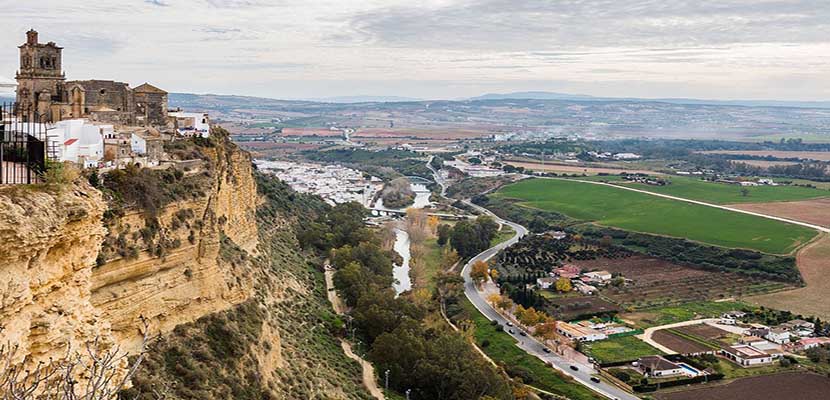
Image | Wikipedia
An excellent way to get to know southern Spain, specifically Andalusia, is by taking a route through the white villages of the Comarca de la Sierra, in Cádiz., which are known thus by the color of the facades of the houses painted with lime, a way to protect themselves from the intense heat of the area.
Something so functional has become a tourist attraction that allows us to better understand the landscapes and culture of the southern villages of Spain. After all, the White Villages route is the existence of a great archaeological heritage that spans thousands of years to the present day.
Arcos de la Frontera
The entrance door of the Route of the White Villages from the north always has to start with Arcos de la Frontera, one of the most beautiful villages in Spain that was declared a historical-artistic monument. In this municipality, the tourist office organizes guided tours to get the most out of the visit and get to know the wonderful Andalusian-inspired patios, their excellent views of horse farms, fighting bulls, orchards ... which can be seen from the Plaza del Cabildo, in what is known as the balcony of Arcos.
Also noteworthy as a tourist attraction in the area is its Holy Week, declared of National Tourist Interest, and its Christmas party with its living Nativity Scene, which is also a festival of Tourist Interest in the Andalusian community.
On the other hand, Arcos de la Frontera also has other offers for visitors such as practicing sports on Lake Arcos or free paragliding. The most foodies can take the opportunity to savor the wines of the "Tierras de Cádiz" denomination in one of the town's wineries.
Algar
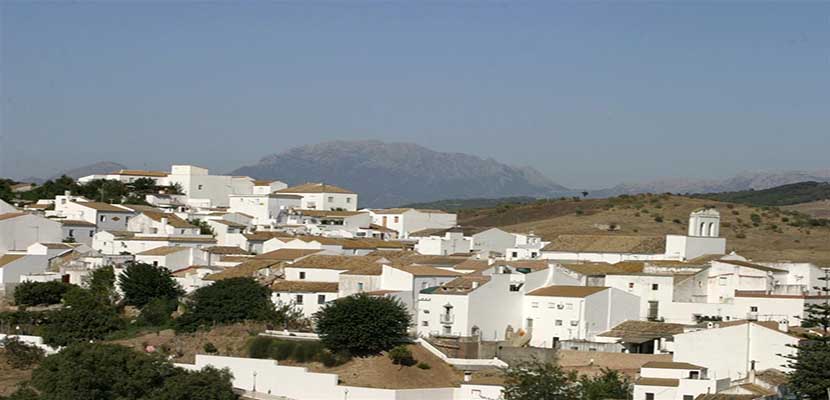
Image | Cadiz Tourism. Photographs Fernando Russian.
A few kilometers from Arcos de la Frontera Algar is located, in a privileged place for leisure: horse riding, fishing in the Majaceite river, hiking in the Tajo del Águila, canoeing in the Guadalcacín reservoir, etc. Motorsport fans have an appointment between March and Aril in this town as the Rally rises to Algar is organized.
Terminals
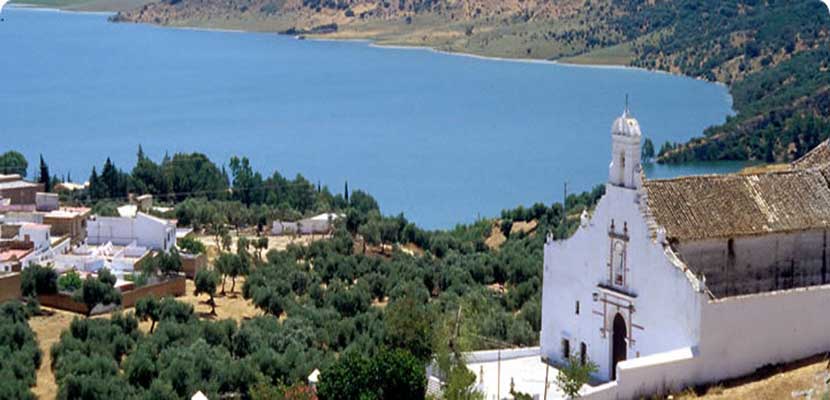
Image | Cadiz Tourism
Bornos is a great place to spend a day among culture. Its urban layout revolves around its monumental castle-palace of the Ribera, declared a Site of Cultural Interest, and on the banks of its reservoir you can see waterfowl and fish.
Very close to there is the archaeological site of Carissa Aurelia, a settlement that dates back to the Neolithic and that reached its greatest development with the Roman Empire. On the other hand, you can also visit the remains of the castle of Fatetar (XNUMXth-XNUMXth centuries) that preserves part of its walls, the wells and the keep. It was also declared a Site of Cultural Interest.
Villamartín

Image | Charming Villages
Thanks to its strategic location as a crossroads, Villamartín is a white town surrounded by fertile fields and populated since ancient times. Data that confirm the Neolithic, Tartessian and Andalusian presence is the presence of one of the oldest peninsular megalithic structures, the Alberite dolmen, in the Torrevieja site. This dolmen is located four kilometers from the town on the A-37 towards Prado del Rey.
Olvera- Puerto Serrano
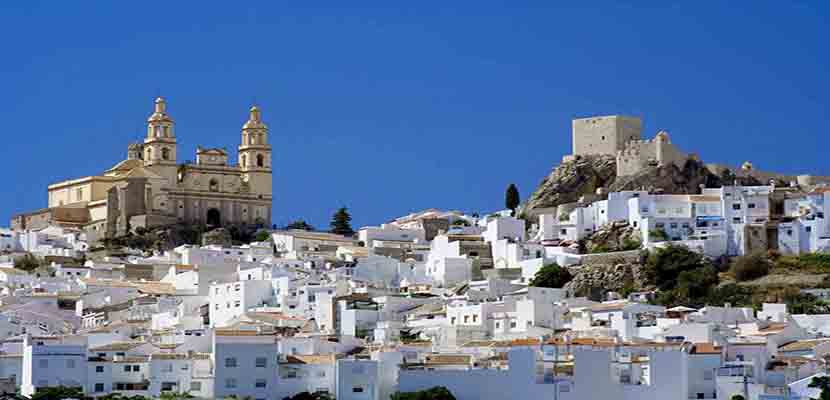
Image | Soleá
Olvera presents a mixture of popular architecture with Andalusian heritage, giving rise to its own very characteristic beauty. Declared a historical-artistic complex, in its historic center we can find the Church of the Incarnation, the castle of Muslim origin that still preserves the keep, walls and towers.
In the Olvera museum, located in the Casa de la Cilla, it offers tourists the possibility of knowing the role that the Cadiz mountainous area had as a border with the Nasrid kingdom. Another way to enjoy this area of Cádiz is by taking a tour on foot, on horseback or by bicycle along the Vía Verde de la Sierra, an old railway line that linked this town with Puerto Serrano. a beautiful town in the mountains where the Peñón de Zaframagón Natural Reserve is located and where you can see one of the largest colonies of griffon vultures in Europe, a threatened species.
Alháquime Tower
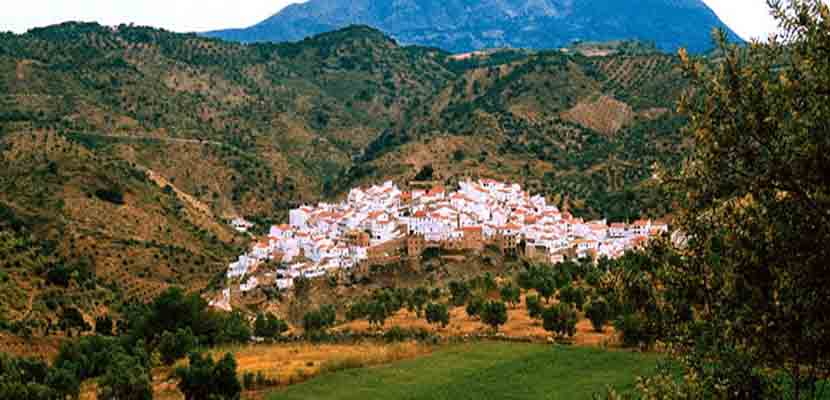
Image | Cadiz Tourism
It receives its name from the Muslim family Al Hakin, to which a fortress located four kilometers from the Olvera castle belonged. The Al Hakin Tower, which in Arabic means wisdom, gave the town its name.